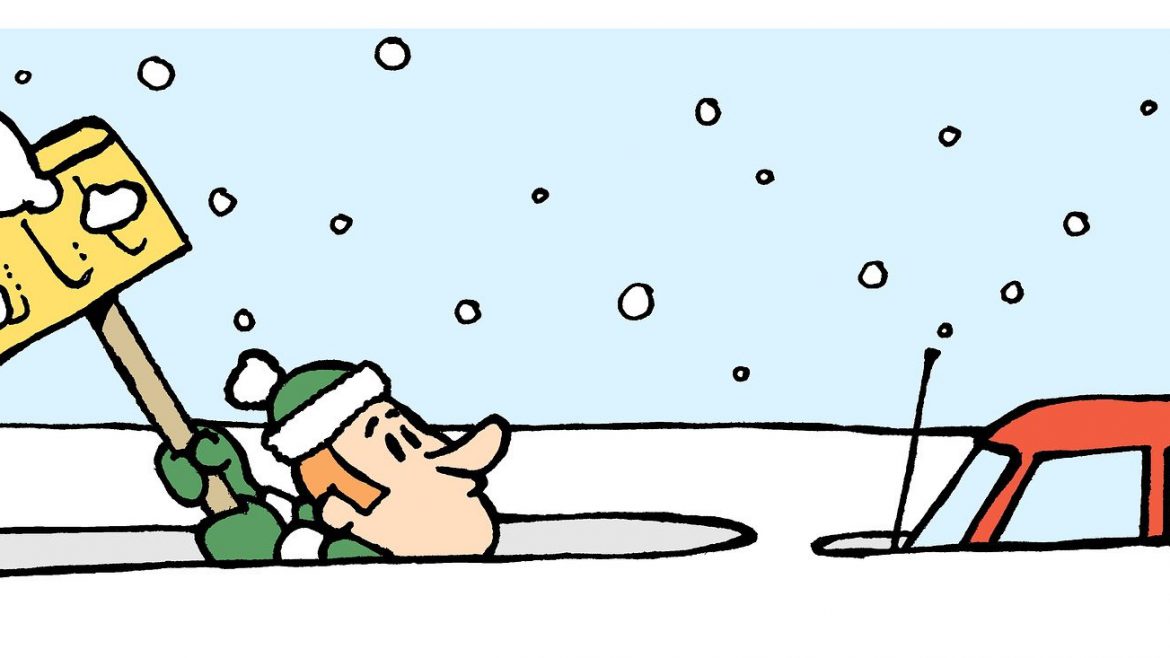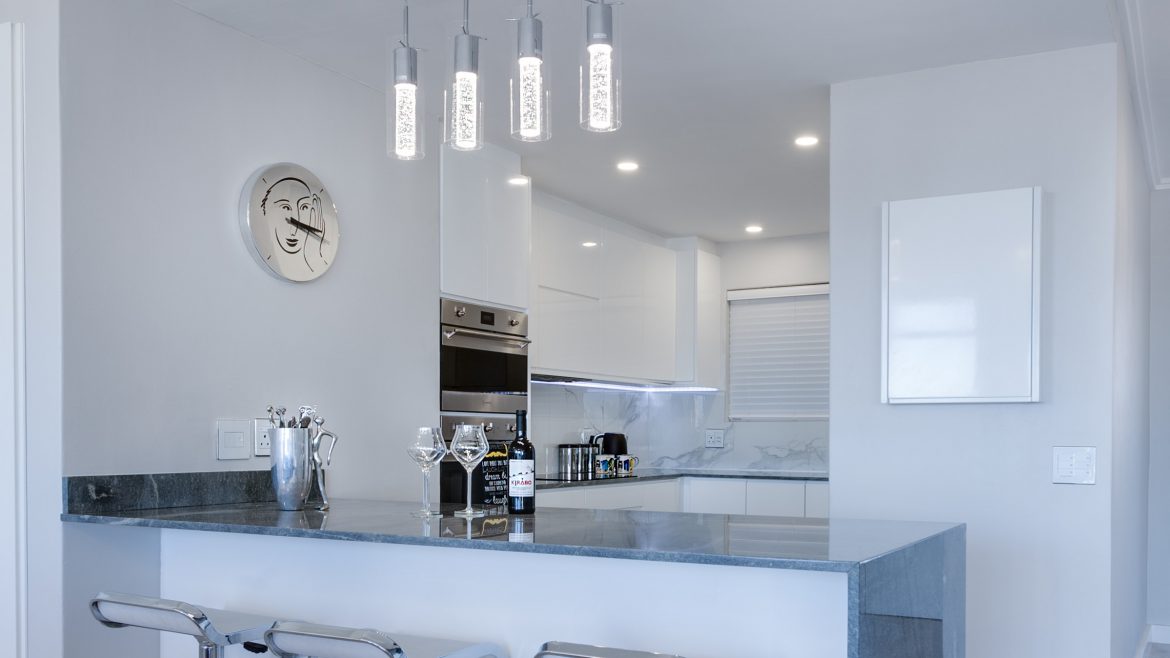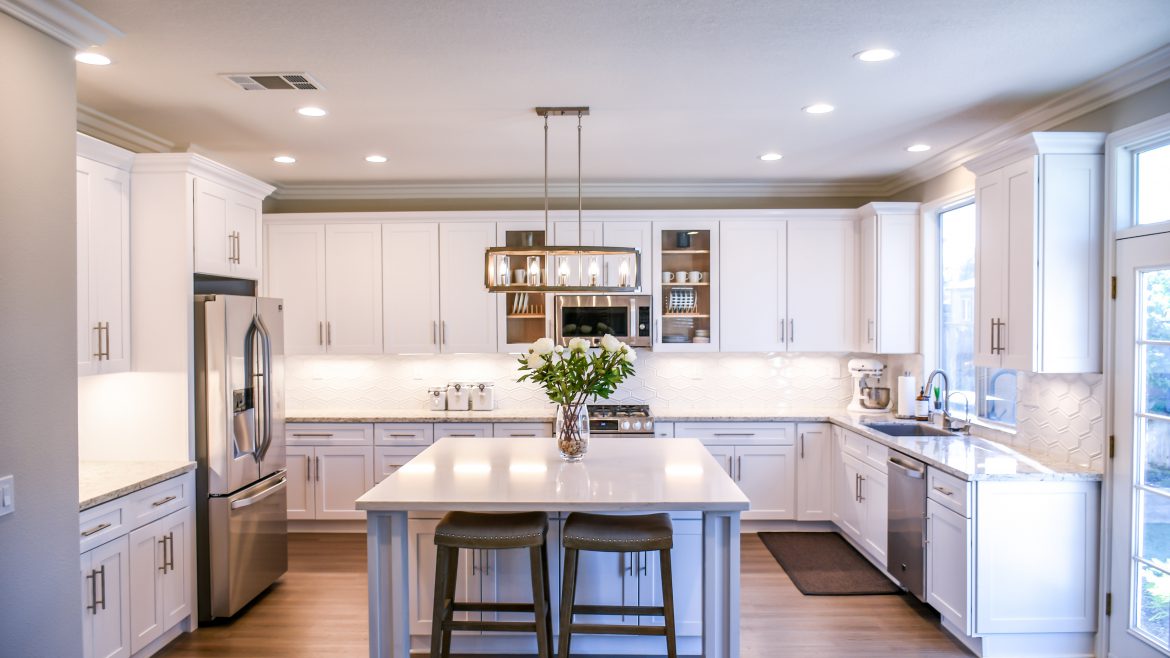Heated Driveway Pros and Cons
https://imaginahome.com/wp-content/uploads/2020/10/snow-2920470_1920-1024x391.jpg 1024 391 Nisha Muire Nisha Muire https://secure.gravatar.com/avatar/09971b406125a2f92a37bf65b08fd3c3?s=96&d=mm&r=gWhen winter hits Toronto, the snow and ice that come with it can make blistery mornings especially tough for those who have driveways to shovel out. Whether you have a snow removal service, a snow blower or a good, old-fashioned shovel, dealing with snow and ice can be a pain – especially when you are rushing to get to work. A more recent solution is the heated driveway.
While heated driveways and walkways have been used extensively in the commercial realm for the last 25 years, their adoption in the residential sector is more recent. There are two types of heated driveway – electric and hydronic. The electric heated driveway is easier to install but it is harder to maintain a constant temperature. The hydronic heated driveway uses an anti-freeze water solution in pipes under the surface to maintain the temperature you want.
There are a number of good reasons to install a heated driveway.
– They save you time you would otherwise spend shoveling
– They save your driveway surface from harsh chemicals used to melt snow and ice
– Keeping your driveway surface at a constant, above-freezing temperature will help the surface last longer
– Prevents slips and falls
– Will increase the market value of your home
There are also a few reasons to not install heated driveways.
– Initial installation is expensive
– If an element breaks, it will mean breaking a part or all of your driveway to fix it
– Your utility costs will increase
Also, keep in mind that even if you have a heated driveway, you will still have to shovel your walkway unless you install a heating system in that as well.
A heated driveway can last anywhere from 10-20 years as long as it has been installed correctly. You can use your heated driveway just as you would any other driveway, although it is best not to allow any heavy trucks onto it to avoid potential damage to the heating structures underneath it.






